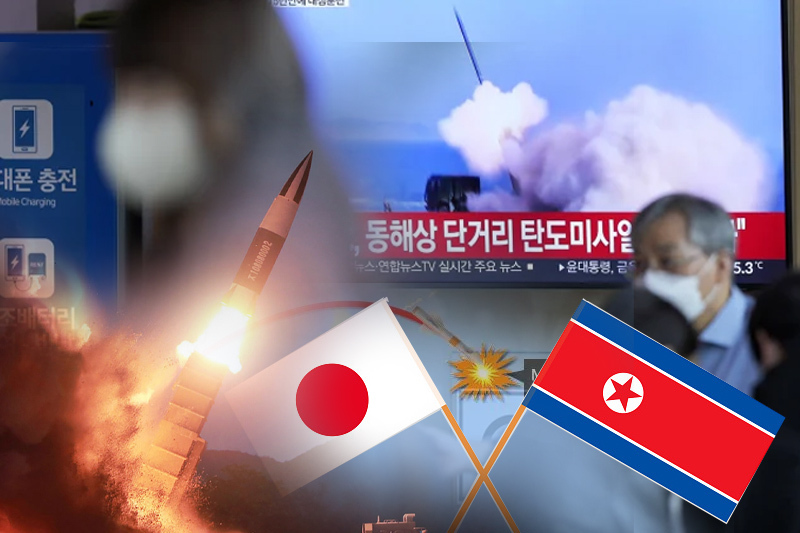
North Korea fires ballistic missile over Japan: What does this escalation mean?
North Korea has fired a ballistic missile over Japan, and without any warning or instigation, for the first time in five years on Tuesday. This move is being viewed as a highly provocative and reckless act by Pyongyang that is a significant escalation in its lately aggressive weapons testing program.
The ballistic missile traveled early on Tuesday morning over northern Japan early in the morning. The missile is believed to have landed in the Pacific Ocean. The last time was in 2017 when North Korea had fired a ballistic missile over Japan. This missile launch marks North Korea’s 23rd missile launch this year alone, including the maximum number ballistic missiles that have been fired in a single year since leader Kim Jong Un took power in 2012. While making comparison, Pyongyang has conducted four missile tests in 2020 and eight tests in year 2021.
Keep Reading
Tuesday’s ballistic missile traveled a distance of about 4,600 kilometers (2,858 miles), with an altitude of around 1,000 kilometers (621 miles) and maximum speed reaching Mach 17, that is 17 times the speed of sound, as mentioned by Japanese officials. “This is a missile that North Korea started testing in 2017 … So, it’s not really a new missile,” said Jeffrey Lewis, director of the East Asia Nonproliferation Program at CNS. “North Korea has a bunch of missiles that are shorter range, and that wouldn’t go over Japan – but they have a small number of missiles that could make that journey,” he said.
“North Korea usually fires its missiles into waters off the coast of the Korean Peninsula – making this flight over Japan considerably more provocative, for both practical and symbolic reasons,” CNN analysts underline. The fact that the launch was unannounced, it falls into the provocative section as it could pose a risk to ships and aircrafts. Furthermore, in case the test had failed and missile had to fall short, there could have been danger to populated areas of Japan.




